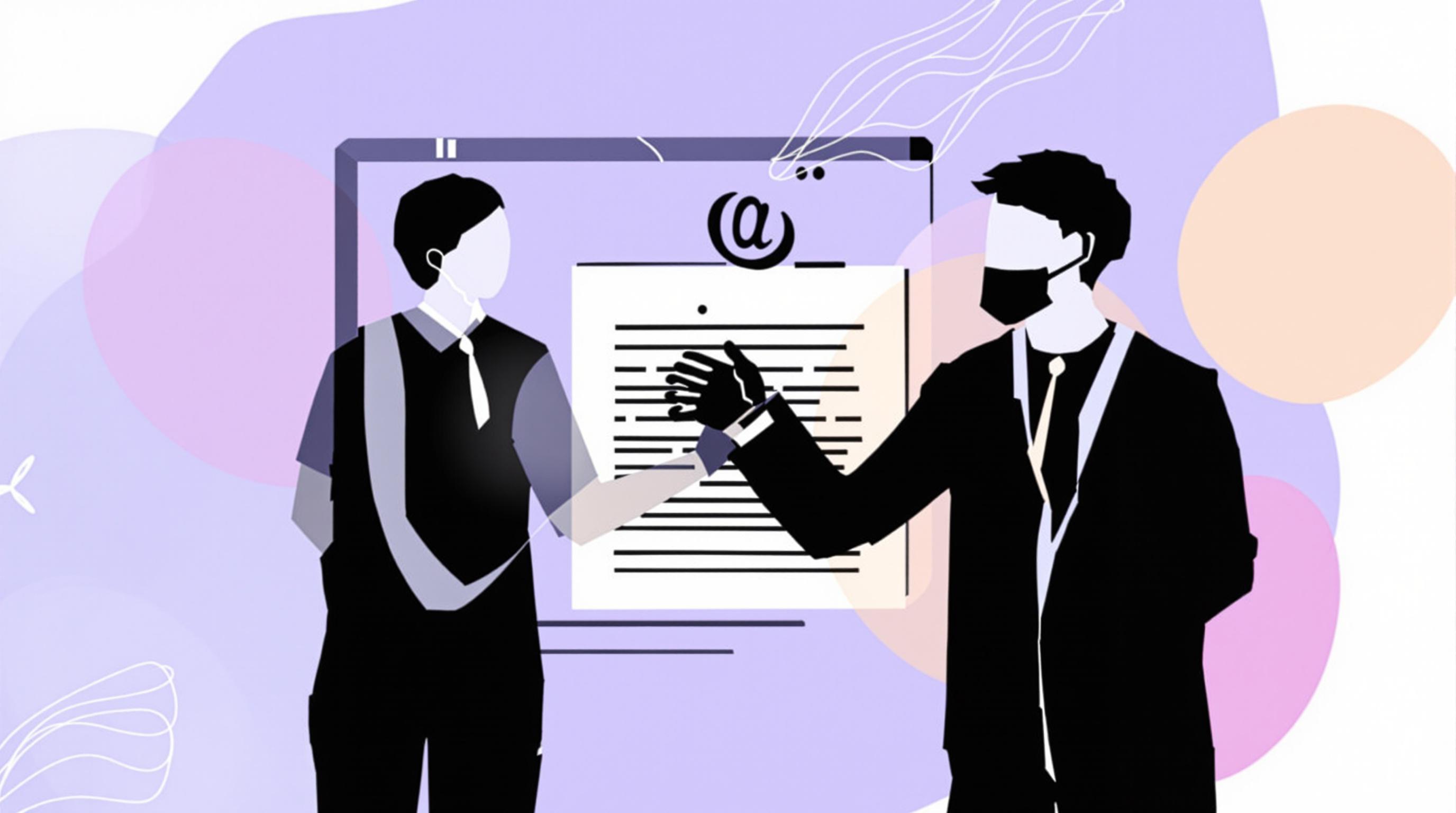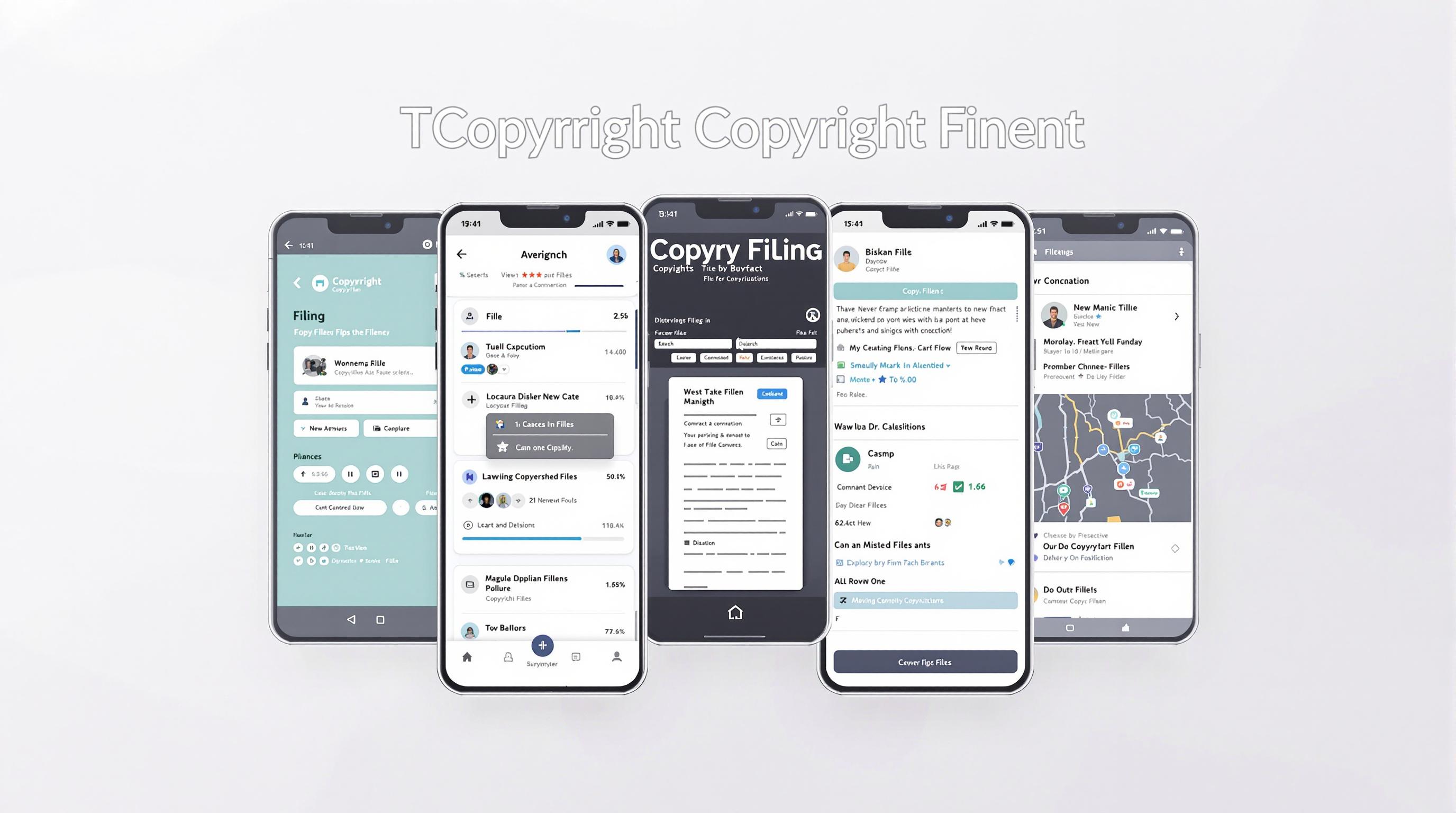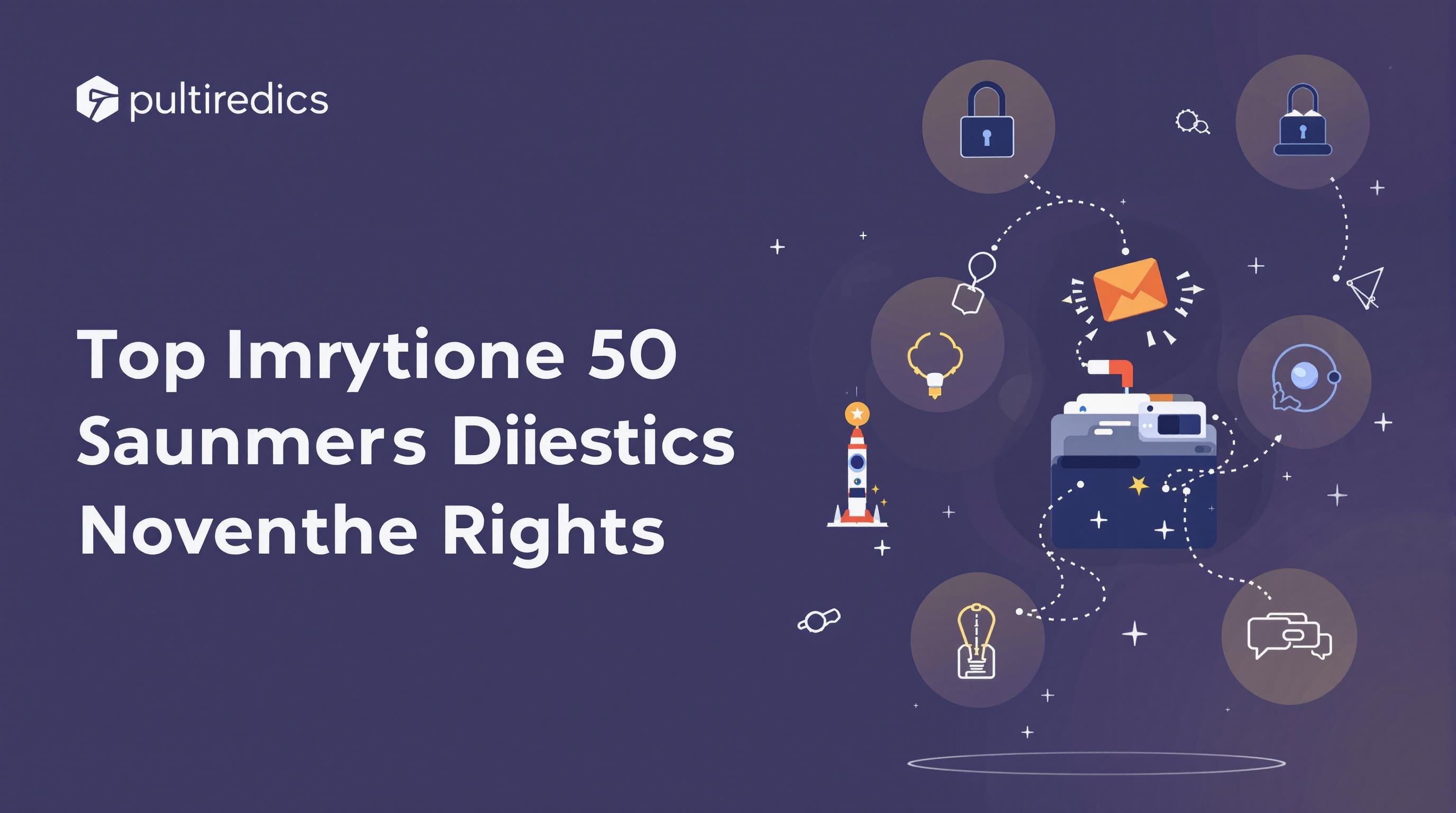Related Articles
- Top 5 Game-Changing Copyright Management Apps from 2019 to 2024 for Modern Creators
- Top 5 Game-Changing Copyright Management Apps Released Since 2019 for Fast, Foolproof Filings
- How Traditional Storytelling Shapes Community Healing in Conflict Settlement Practices Worldwide
- The Role of Ancient Storytelling Traditions in Shaping Modern Conflict Settlement Practices
- The Quiet Shift: How Climate Change Is Secretly Reshaping Liability Standards in Insurance Policies
- The Unseen Impact of Climate Change on Rural Insurance Mandates and Local Risk Assessments
8 Critical Legal Nuances in Copyright Filing Often Overlooked by Independent Artists and Innovators
8 Critical Legal Nuances in Copyright Filing Often Overlooked by Independent Artists and Innovators
8 Critical Legal Nuances in Copyright Filing Often Overlooked by Independent Artists and Innovators
In the journey of creativity and innovation, protecting one's intellectual property is paramount. Independent artists and innovators, while passionate about their work, frequently overlook vital legal subtleties in copyright filing. Understanding these nuances can safeguard their creations and ensure rightful ownership. This article explores eight critical legal aspects often neglected, delivering clarity and guidance for creators navigating the complex waters of copyright law.
1. Understanding What Can Be Copyrighted
Many artists and innovators mistakenly believe that all creative work automatically qualifies for copyright protection. However, copyright law specifically safeguards original works of authorship fixed in a tangible medium, such as paintings, writings, music, and software.
Ideas, procedures, systems, and methods of operation are not copyrightable. For example, the concept for a song or an idea for an invention alone cannot be protected without a tangible expression. This distinction is crucial to avoid misplaced expectations regarding legal rights.
Recognizing what qualifies for copyright helps avoid unnecessary filings and directs efforts toward securing appropriate protections like patents or trademarks when required.
2. The Importance of Accurate Authorship Information
Correctly identifying authorship is critical in copyright registration. Many independent creators underestimate the significance of listing all contributors who have played a role in the creation process.
Misstating or omitting an author can lead to disputes or invalidate the filing. Additionally, understanding joint vs. individual authorship affects rights such as royalties and licensing.
Ensuring accuracy in authorship information not only upholds legal integrity but also secures equitable treatment among collaborators.
3. The Role of Derivative Works and Adaptations
Derivative works — those based on or derived from existing copyrighted material — often complicate the filing process. Independent artists may inadvertently infringe on prior rights if their adaptations are not properly authorized or registered.
Filing derivative works requires acknowledgment of the original work's rights holder, and sometimes obtaining permission. Without this, the newly created work may face legal challenges despite the effort invested.
Understanding how to navigate derivative creations is essential for maintaining legal compliance and respecting original creators.
4. Timing and the Benefits of Early Registration
While copyright protection arises automatically upon fixation, formal registration with the relevant authority provides significant legal advantages. One often overlooked aspect is the timing of this registration.
Early filing not only establishes a public record but also grants eligibility for statutory damages and attorney's fees in infringement cases, benefits not available if the registration occurs after infringement.
Independent artists should prioritize timely registration to fortify their legal position and streamline enforcement if disputes arise.
5. Differences Between Published and Unpublished Works
The copyright system treats published and unpublished works differently. Many creators fail to recognize how registration rules, term lengths, and notice requirements vary based on publication status.
Unpublished works, for instance, have copyright protection regardless of registration and publication, but the strategies for enforcement and public notice differ from published materials. These distinctions impact how protection is applied and enforced.
Understanding these differences enables creators to tailor their protection strategies optimally and avoid inadvertent lapses in rights.
6. The Importance of Properly Completing Application Forms
Errors or incomplete information in copyright application forms can result in delays or rejection. Many artists overlook details such as providing full titles, accurate creation dates, or clear descriptions.
Additionally, failing to submit required deposit copies of the work or improper submission methods can adversely affect the registration process. Accuracy and completeness ensure smooth processing.
Taking diligence in this administrative phase safeguards against frustrating barriers that might undermine copyright protection efforts.
7. Understanding “Fair Use” Limitations
Some creators mistakenly assume copyright grants absolute control over their work without limits. However, the doctrine of “fair use” allows others limited use under specific conditions like criticism, comment, or education.
Independent artists should be aware that fair use can diminish or complicate enforcement actions. Similarly, knowing fair use boundaries informs decisions about licensing and exclusivity.
Educating oneself on fair use principles (17 U.S.C. § 107) empowers creators to anticipate legal challenges and make strategic choices about their work.
8. The Limitations of Online Copyright Protection
Posting works online does not guarantee copyright protection. Many artists mistakenly believe that simply sharing content on social media or websites offers sufficient legal security.
While the work is protected upon creation, enforcing rights requires understanding Digital Millennium Copyright Act (DMCA) provisions and often formal registration. Moreover, online platforms have varying policies and protection mechanisms.
Independent creators should complement online exposure with formal legal steps and understand the digital environment to maximize protections.
Conclusion: Copyright law is a powerful shield that protects independent artists and innovators, but only when its nuances are properly understood and applied. By recognizing the eight critical legal subtleties discussed, creators can strengthen their claims, avoid costly pitfalls, and foster greater creative freedom. Consider consulting legal experts when in doubt, ensuring that your creative journey remains secure and flourishing.
Sources:
- U.S. Copyright Office. “Copyright Basics.” https://www.copyright.gov
- 17 U.S.C. § 107 - Limitations on Exclusive Rights: Fair Use
- Digital Millennium Copyright Act (DMCA), 17 U.S.C. § 512




